Next to what can you plant eggplants?
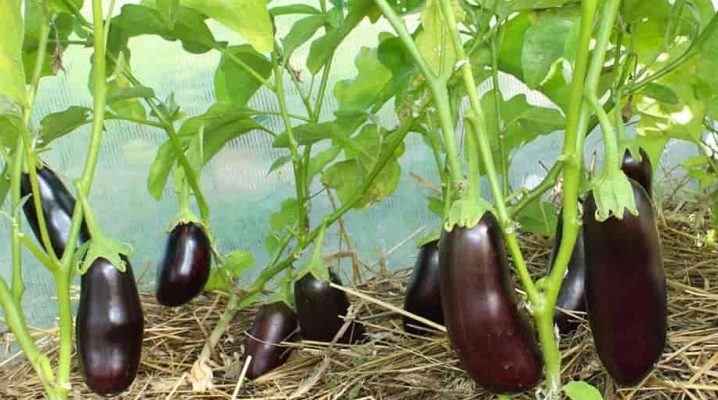
Eggplants are unpretentious vegetables, so many gardeners are engaged in their cultivation. But often several vegetables are combined in the beds, so it is very important to know where to plant eggplants next to in order to get a rich and tasty harvest. In this article, we will consider in more detail the importance of the neighborhood, which vegetables it is desirable to plant nearby, and which are not recommended.
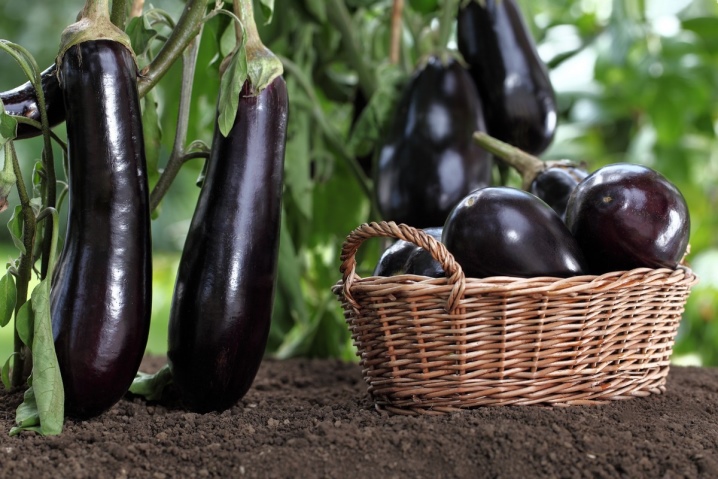
The importance of neighborhood
If you pick up the wrong neighborhood in the open field or in a greenhouse, then the plants will not bring a rich harvest. In addition, the soil will be significantly depleted, as a result pests will appear, some kind of disease may spread.
If one territory is planted every year, then a special scheme should be followed: alternate vegetables according to the "tops-roots" principle.
If you plant beets, potatoes, garlic or onions in the garden, then next year you can already plant zucchini, pumpkins or cucumbers.
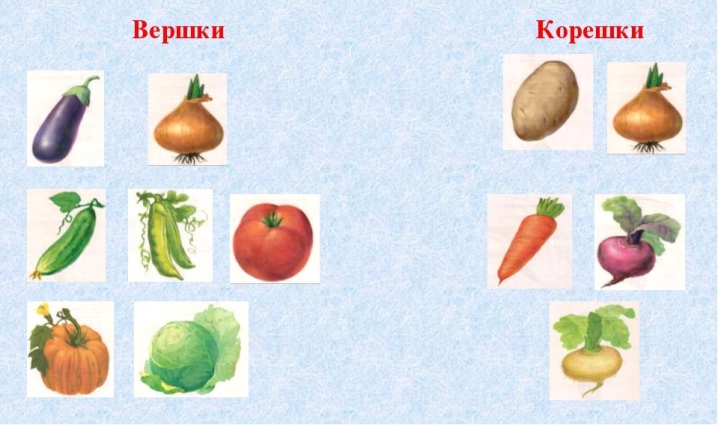
Crops that are placed on the same bed must be compatible. If you do joint plantings, then it will be quite easy to care for the plants. If two or more crops grow nearby, it is recommended to take into account the following nuances:
- plant height;
- thermophilicity;
- how often it is watered;
- growing season.
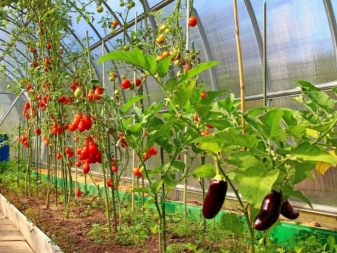
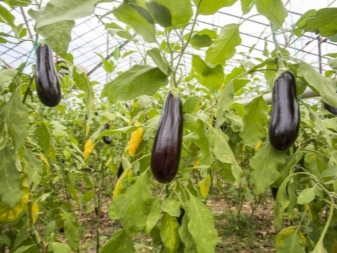
Lucky neighbors
Eggplants are allowed to be planted next to many vegetables, these include the following:
- beans;
- cabbage (white and cauliflower);
- Bulgarian pepper;
- corn;
- radish;
- melon;
- watermelon;
- pumpkin;
- peas;
- zucchini;
- greens.
If you need to plant eggplants in the open field, then bell pepper will go well with them. These crops have a lot in common in care, so they are often planted together, but there can be conflict between them. These vegetables can only grow at the right distance. It is recommended to maintain a distance of 60 to 80 cm, in which case neighboring bushes will not form a shadow to each other.
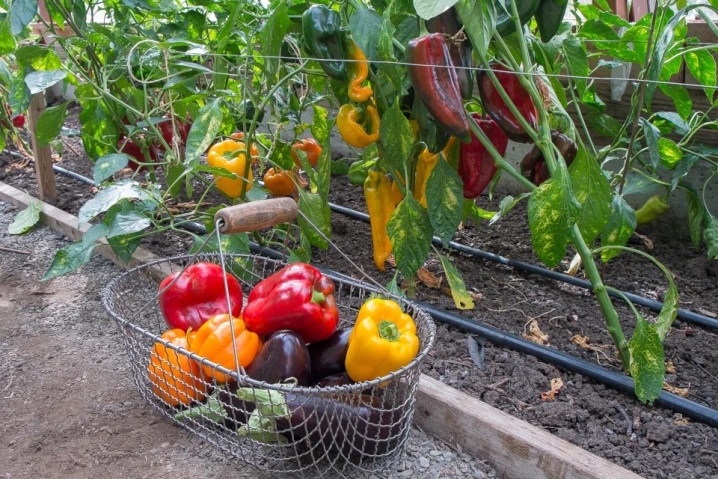
The maturation period for eggplants and bell peppers is 4 months.... They love moisture and warmth. The optimum temperature for these vegetables is +25 degrees. Loose soil is ideal for growing, which it is desirable to feed with organic matter. Both pepper and eggplant are annual vegetables. They can be sown together in greenhouse conditions starting in February.
The seedling of each vegetable needs good lighting, which can be achieved with the help of additional sources. It is advisable not to use incandescent bulbs, as they cause burns on plant leaves. Moderate soil moisture will allow the root system to actively develop. Protect plants from drafts.
Organic fertilizers should be applied approximately 14 days after planting the seeds.

Before planting seedlings of eggplants and bell peppers in open ground, it is recommended to harden them. They begin to be taken out into the street and left for a certain time, and then they are hidden back in greenhouse conditions. It is recommended to start with 30 minutes, gradually increasing the time interval. Sprouts are allowed for hardening, the length of which is already 15 cm, and they also have 10 healthy leaves.
Eggplant thrives in the vicinity of low-growing beans, beans and peas as they do not inhibit eggplant growth... In addition, these plants actively saturate the earth with nitrogen.Legumes should be planted so as not to block the sun from other plants. Lines creeping along the ground can be planted anywhere on the site.
Good compatibility of eggplant with cabbage... Usually, cabbage is harvested first, especially when it comes to early varieties. It is advisable to plant nearby species such as Peking, colored and white cabbage. But it is better to refuse the rest of the cabbage options and not experiment.
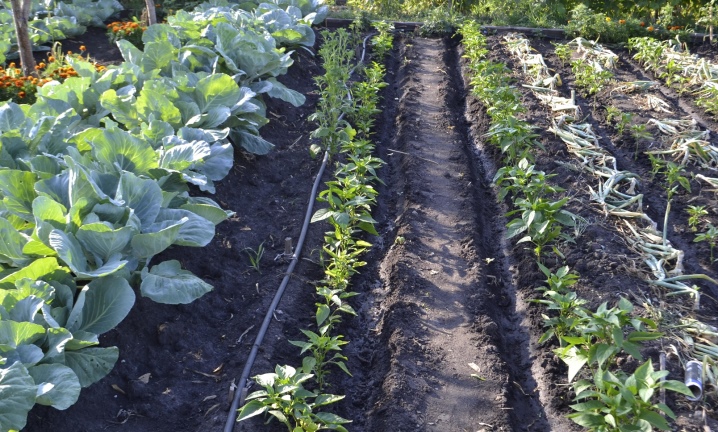
On the same bed or in the same greenhouse, you can grow eggplants and zucchini or melons. They perfectly tolerate high temperature conditions. But you should maintain a distance between the plants so that they do not interfere with each other. It is better to use bush varieties of melons.
It is better to refuse tall plants, because they will create a shadow in the area that is not needed by eggplants. The vegetables in question can easily get along with leafy vegetables, for example: basil, dill, spinach, lettuce. If there is not much space left nearby, then planting greens would be the best solution, since it develops well at high temperatures, and is also not afraid of high humidity. It is recommended not to do dense plantings.
Important! If the Colorado potato beetle often appears on the site, then it is recommended to plant beans between the rows with eggplants. She will scare away this pest.

Neutral cultures
Eggplants do not enter into a relationship with some vegetable crops, that is, their location does not interfere with each other, but also does not contribute to development... So, beets can coexist with eggplants in the garden. In addition, some gardeners emphasize that its root system contains a natural antibiotic that has healing properties. But it is important to maintain a distance when planting, since beet leaves can grow to quite large sizes, then the eggplants will fall into the shade, which is undesirable.
It has already been described above that eggplants normally coexist with bell peppers. Pay attention to the taste of the latter... If you plant hot peppers near eggplants, then they can taste bitter. And if a sweet variety is planted nearby, then it is he who can absorb the unwanted taste of eggplant.
Okra can also be attributed to neutral landings. In addition, their neighborhood can change the taste of each vegetable, imparting exotic notes. Eggplant grows well and does not interfere with melons, watermelons and pumpkin.
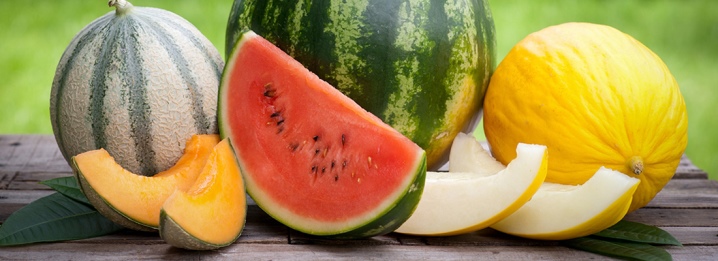
What shouldn't be planted?
There are plants that are strictly forbidden to plant near eggplants. Very rarely, the culture in question and cucumbers are placed on the same bed. These plants are thermophilic, they grow well in areas with good lighting, but without direct sunlight. They are actively developing thanks to the addition of organic fertilizers.
But these vegetable crops need different growing conditions and care. If the eggplants grow well in a greenhouse with dry air, then for the cucumbers you will need a moist one.
For eggplants, near-root watering is ideal, but cucumbers prefer, in addition to such moisture, spraying.
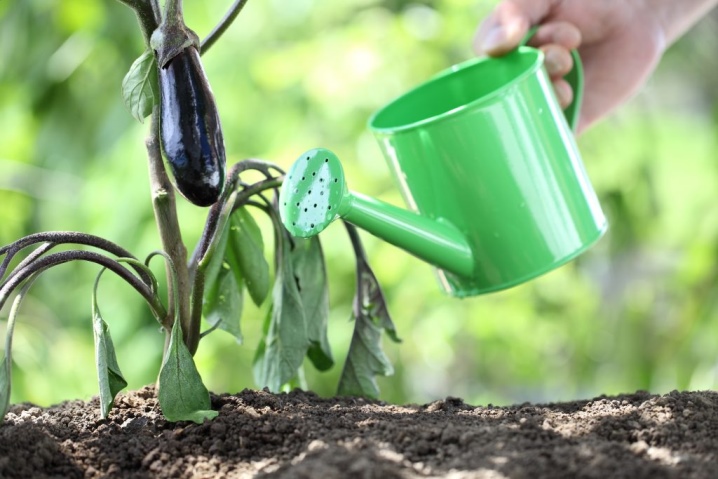
If, nevertheless, a decision is made to plant eggplants and cucumbers in one area, then it is recommended to follow the following rules:
- should be sown in different parts of the site;
- if cucumbers get sick, you should immediately fight the disease in order to prevent the spread of the disease to eggplants;
- top dressing should be applied separately;
- it is imperative to organize a partition between crops using a film.
Eggplant and tomato have different grooming needs. The former grow well in the shade and need abundant watering, but tomatoes require a lot of sun, they suffer from increased watering. In addition, tomatoes are often attacked by spider mites and powdery mildew, which are bad for eggplants.
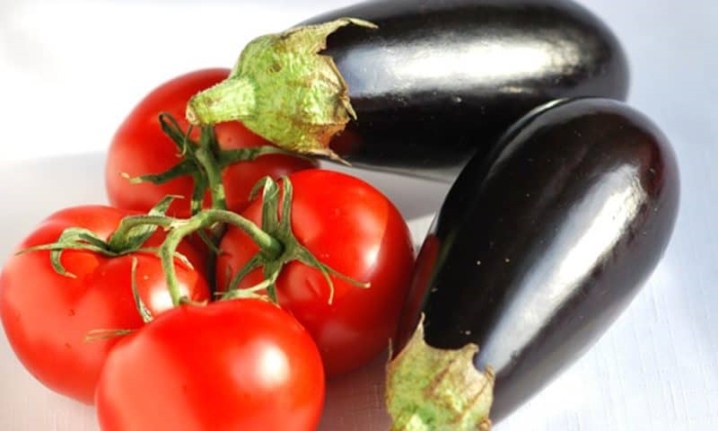
Tomatoes have a negative effect on eggplants, because they absorb light and moisture, and as a result, they attract many insects. And the excessive watering, which the "blue ones" need, negatively affects the root system of tomatoes, because it begins to rot at high humidity.
Important! If there is a need to plant tomatoes and eggplants in the same area, then they should be distinguished.
For this purpose, planting of mustard, Chinese cabbage and early greens is used. And if you divide tomatoes with eggplants with the help of marigolds, nasturtium or petunias, then these plants will also help ward off possible pests.
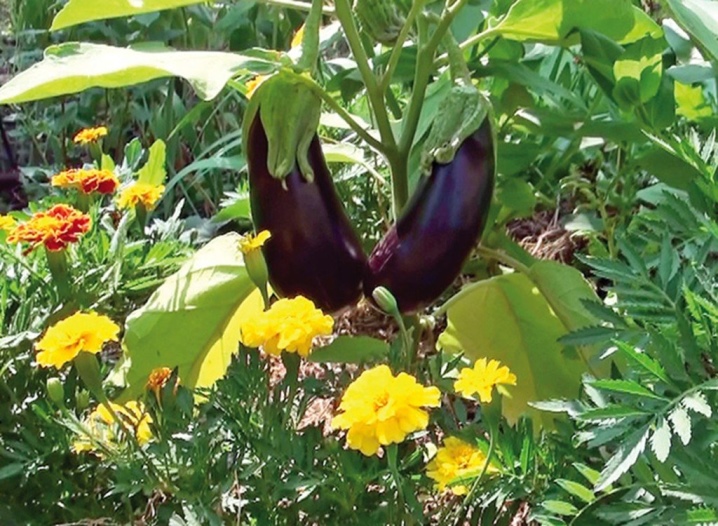
It is not recommended to plant eggplants next to potatoes, as well as with other crops from the nightshade family. They are very soil depleting and also attract Colorado beetles.
Growing eggplants is quite difficult because you need to know which plants they produce the best yields. But if you take into account all the recommendations from professionals, then you can get luxurious healthy fruits.
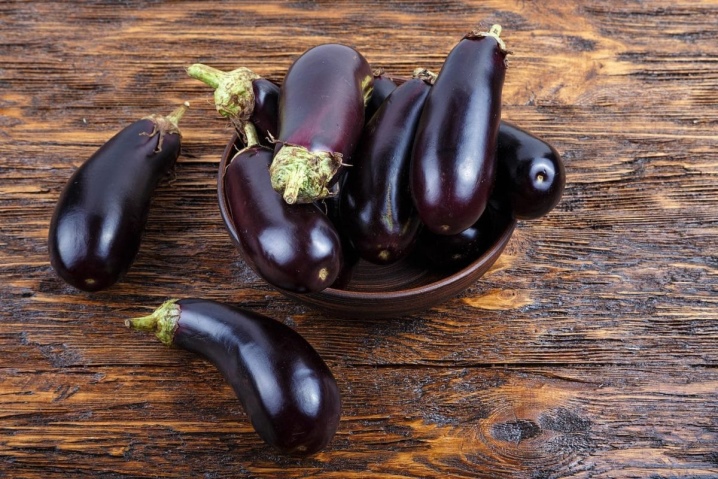












The comment was sent successfully.